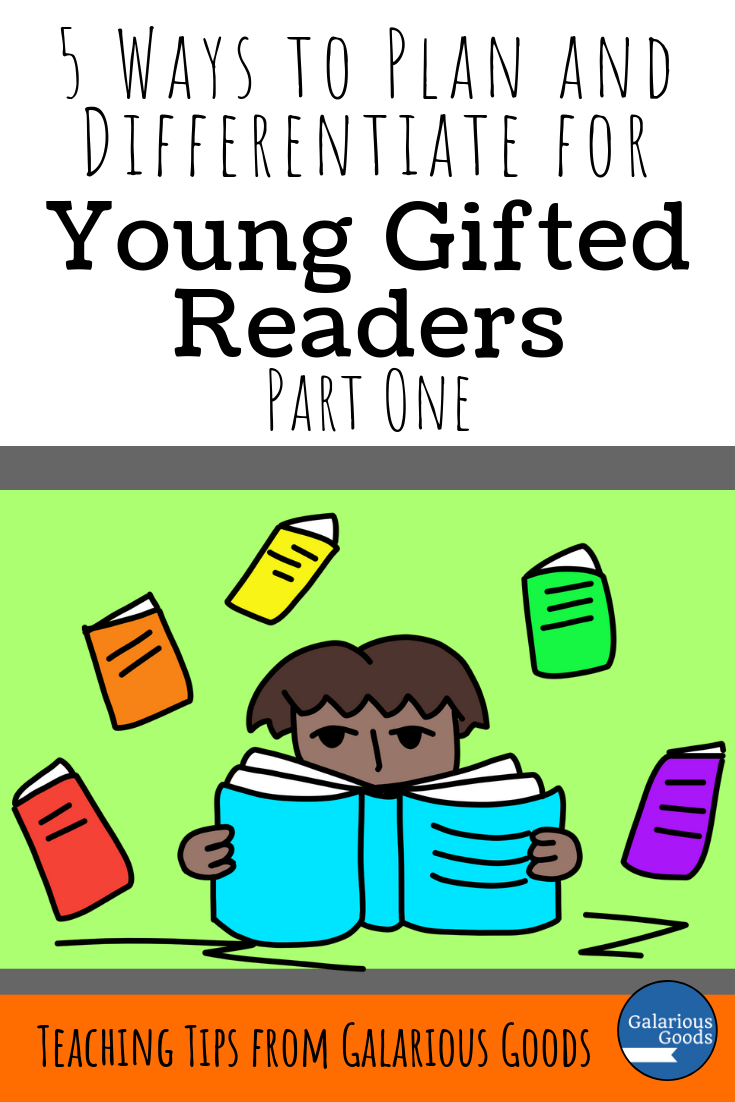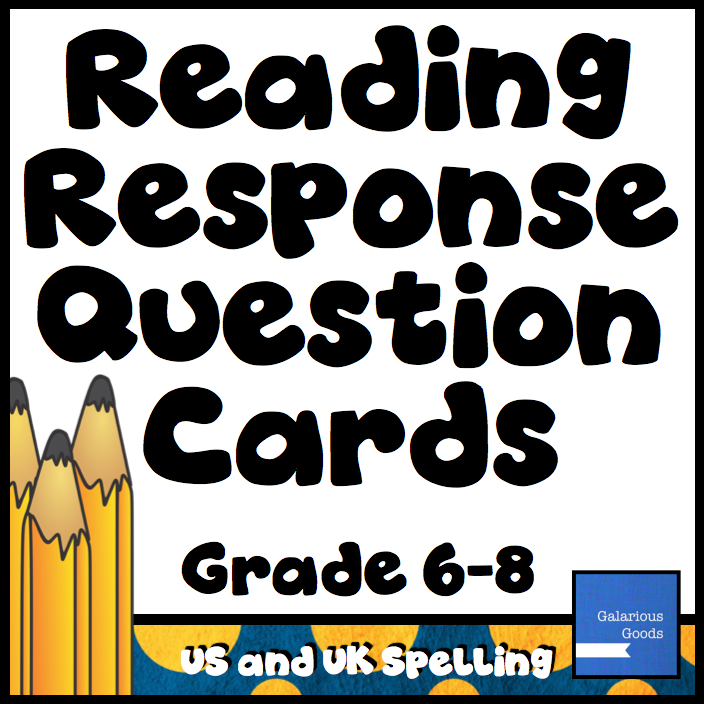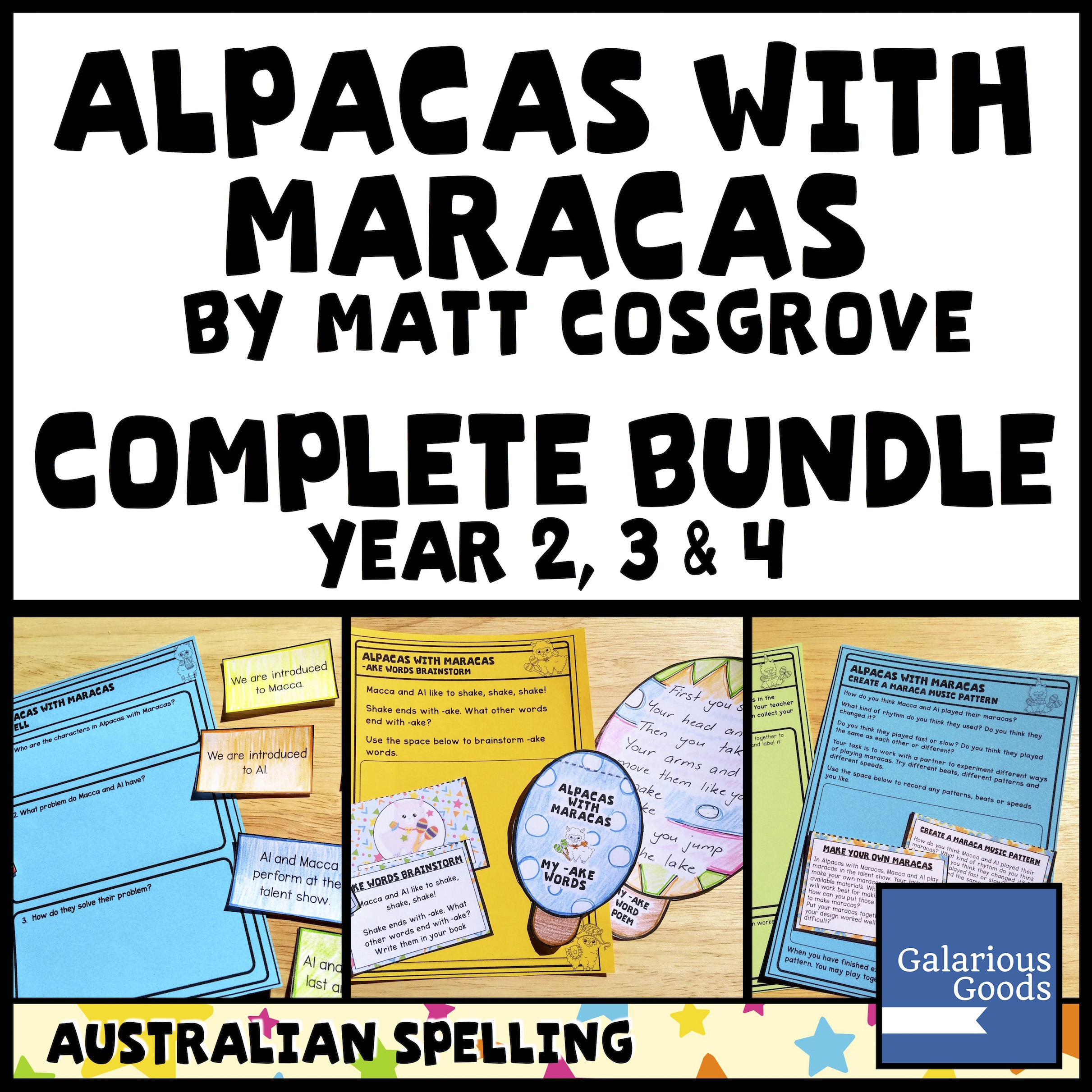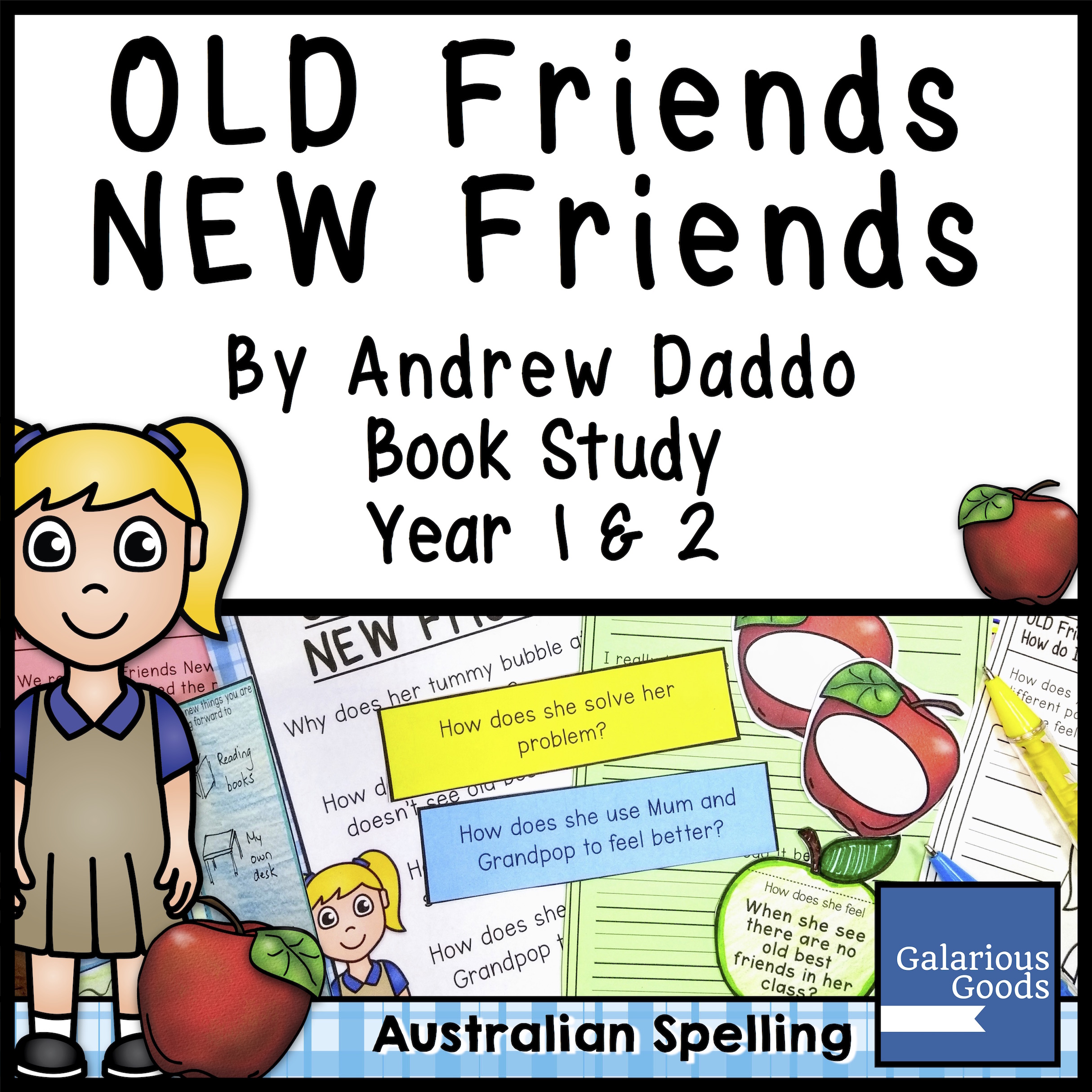5 Ways to Plan and Differentiate for Young Gifted Readers: Part One
/You get a list of the reading levels of your incoming class and there it is - a student on Level 26, way above the average level of the rest of the class.
Or, you notice that there’s a student who’s reading all the posters in your classroom - including the evacuation procedures - while the other students are working on their early letters.
Or, you have a student who is asking to borrow novels from the school library - even though students in his grade are only supposed to borrow picture books.
It’s not tremendously unusual to come across students who can read before they start school, or who pick up reading very quickly when they do start. But there isn’t an awful lot of support for those students - or their teachers. How can you plan for those gifted readers and differentiate to meet their needs in your classroom?
Note: While this blog post is aimed at teachers in Kindy/Prep/Reception, Grade 1 and Grade 2, many of the ideas are adaptable or applicable to older grades as well.
1. Test Their Reading - in a Variety of Ways
It can be tempting to leave gifted readers for a while before testing their reading. After all, testing reading takes time - serious time. And you already know that those students can read.
Testing is essential, however. Without it, those students have no benchmark, nowhere to grow from. It makes it harder to plan for those students effectively, and it makes it harder to show parents or admin how you’re differentiating for those students when you have no idea where they really are.
As well as testing them using standard tests, consider offering them a couple of other texts to read - and to answer comprehension questions on. Texts on unfamiliar subjects with lots of context clues (like pictures) can be a great way to see if students are using strategies to make connections. Upper level informational readers are great for this.
Also consider asking your student to read and answer some thoughtful questions on a familiar text like a picture book. The student may be better on comprehension when they have the background knowledge to infer and make connections - and a lot of the harder standard tests are aimed at older students with more knowledge behind them.
How do you make it work in a busy classroom?
If you’re struggling to find time to test reading, check with support staff to see if there’s anyway someone can give you a hand with your class while you test. See if you can work with another class where one teacher tests while the other undertakes some easy activities with the students. Plan some independent activities which allow you enough time for testing - and talk about how important it is for students to give you the time and space to get good information.
2. Provide a Lot of Different Texts - and Different Kinds of Texts
Do you have a reading area in your classroom? Think about what you have in it.
If you primarily have fiction picture books, you’re probably not meeting the reading needs of your gifted readers. Sure, they can read them - picture books are wonderful for all sorts of learning - but there’s no challenge to read further, to build more background knowledge - and there’s a subtle message that the reading area may not be for them.
Often young gifted readers are told that they aren’t good with comprehension. However, the problem is often that they’re too young to have built the kind of background knowledge you need for effective comprehension. That comes with age and with exposure to a wide range of books (and other experiences).
It’s unreasonable to expect a full classroom library of novels for one or two students, but there’s no reason you can’t include non-fiction books or poetry books or magazines aimed at younger readers. These texts can all be looked at and enjoyed by all the students in the class, but they give your gifted reader the option of more types of texts and different styles of writing - as well as helping them to build that background knowledge which helps so much in comprehension.
What if you have a student who is capable of reading a range of texts, but will only stick with the familiar? This is where you can think about your different subject areas and what you’re teaching there. If you’re looking at how materials change in science, have some reading texts about materials or change available. You can ask the gifted readers to explore these texts as part of their science lesson and report their findings back to the class, use it as a text during reading time and ask students to find connections or simply have it available for free reading. There’s great books available which cover all kinds of subjects these days - perfect for extending subject areas into text.
How do you make it work in a busy classroom?
Do you book talk the books in your classroom? Talk about them, introduce them, or ‘sell’ them to your students? Try book talking you non-fiction or poetry books as well as picture books. It’s a quick and easy way of making a range of texts appealing to your students - and challenging your gifted readers to try something new.

















